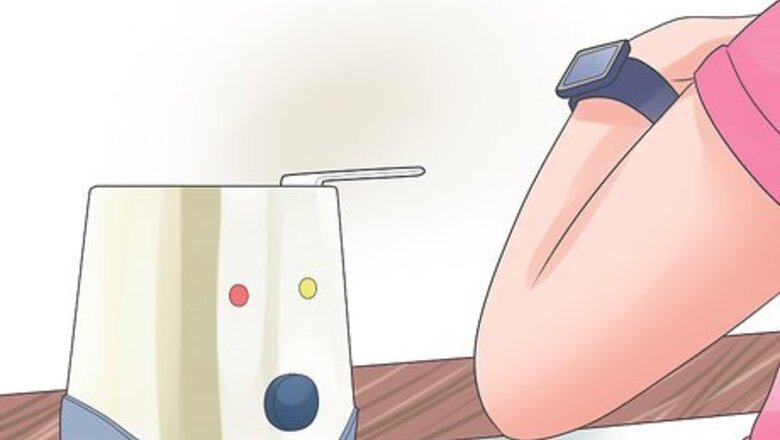
views
How long does warming a bottle take?
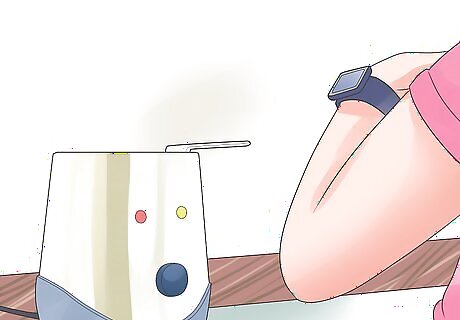
Most devices take around 4-6 minutes to warm a cold bottle. When your baby is wailing with an empty tummy in the middle of the night, faster bottle warming is definitely better! That said, even the fastest bottle warmers take at least 3 minutes to warm up a refrigerated bottle of breast milk or formula, and 4-6 minutes is more typical. Many warmers can also defrost and warm frozen bottles, but this will obviously take longer—likely twice as long or more. You may be able to speed things up by reducing the warmer setting on your device. There’s no hard-and-fast rule that says you have to warm the bottle to body temperature—98.6 °F (37.0 °C). Warming to a lower setting like 80 °F (27 °C) may get the job done faster and just as effectively.
Do I add water to the warmer?
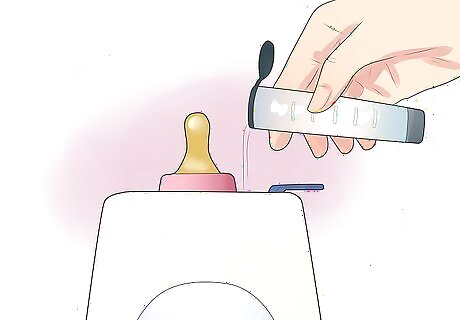
Yes, put water either in the warming chamber or in the reservoir. With most models, you put the bottle into the warming chamber and then add water to the chamber until it reaches a set line on the chamber’s interior. Some models, though, use a water reservoir that automatically feeds water into the warming chamber. In this case you’ll just need to keep the reservoir filled. Always follow the specific instructions for your model. It’s fine to use plain tap water from your faucet here—none of the water actually goes into the bottle or onto the nipple.
How do I warm a bottle?
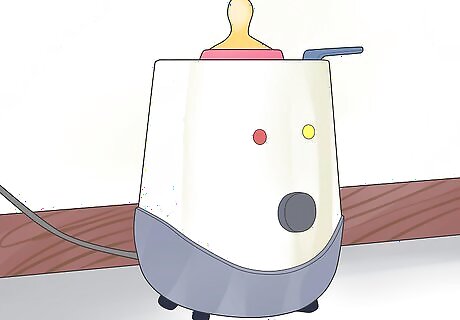
Put the bottle in, then water, then program the proper device setting. While you should always read and follow the product instructions, don’t worry—most bottle warmers are really easy to use! Put the filled bottle into the warming chamber, with its cap on if you want to be 100% sure none of the warming water gets onto or into the nipple. Add water to the chamber until it reaches the designated line inside the chamber. Turn the dial or press the button for the warming setting you want. Remove the bottle when the cycle completes, a light comes on, etc.—this depends on your model. Before feeding your baby, give the contents of the bottle a gentle swirl just in case there are any hot spots. To be extra careful, also use the old trick of dribbling a bit of the milk or formula on the underside of your wrist.
Does it work with breast milk and formula?
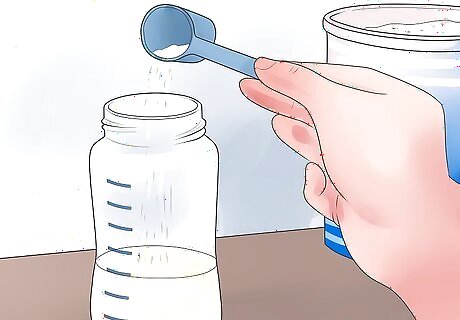
Yes, any milk you can feed your baby can be put in a warmer. Bottle warmers work great with refrigerated breast milk and, if they have a defrost feature, frozen breast milk as well. Likewise, any type of powdered or pre-mixed baby formula can be warmed. For powdered formula, just mix it as normal before warming it. While the device can definitely warm cow’s milk (or any other type of animal milk), you shouldn’t feed a baby any type of milk other than breast milk or formula until they’re at least 1 year old. Pre-mixed formula that’s been opened but not used can be safely stored in the fridge for 48 hours. Powdered formula that’s been mixed but not used can be refrigerated for 24 hours. Breast milk can be safely stored at room temperature for 4 hours, refrigerated for 4 days, or frozen for 6 months.
Can I leave the warmer on all night?
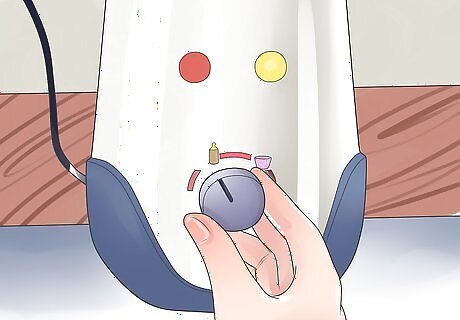
Avoid doing this even if your model lacks an auto-shutoff feature. It can be tempting to leave your bottle warmer on so that it heats up a late-night bottle for your crying baby that much quicker. However, bottle warmers aren’t designed to stay on for long stretches—like, for instance, slow cookers are—and may become a fire hazard. Many newer models have auto-shutoff features to prevent you from keeping the warmer on for long periods, but play it safe and shut your warmer off regardless. Instead, speed up the warming process by using warm water! Run your faucet until the water is warm, or fill an insulated thermos with hot water at the beginning of the day or night.
Can I warm a bottle more than once?
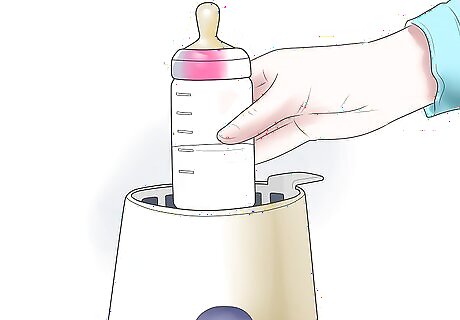
It’s safest to warm a bottle just once, especially if it’s been used. Warming a bottle, letting it cool, and then warming it again increases the chances of bacterial growth and should be avoided. Definitely don’t rewarm a bottle after your baby has fed from it—discard any remaining milk or formula within 60 minutes of the time the feeding started.
Can I warm baby food in a bottle warmer?
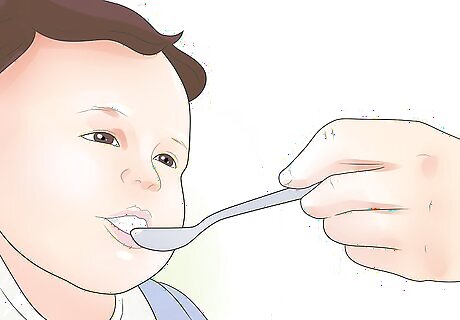
Yes, most bottle warmers can be used for uneaten baby food. So long as the jar or container fits into the warming chamber, there’s really no reason you can’t warm up baby food with your device. Look for baby food instructions in the product guide—otherwise, basically just follow the process for warming a milk or formula bottle. Give the baby food a quick stir and test the temperature on your wrist (or in your mouth!) before serving it. Do not use a bottle warmer to reheat leftover baby food from a previous feeding session. The food won’t get warm enough to kill bacteria that may have formed. Heat leftovers to 165 °F (74 °C) and let them cool to a safe temperature for your baby to eat. Don’t reheat these leftovers more than one time, and discard leftovers after they’ve been in the fridge for 24 hours (if they contain meat or eggs) or 48 hours (if they only contain fruits, vegetables, or grains).
Can I warm bottles without this gadget?
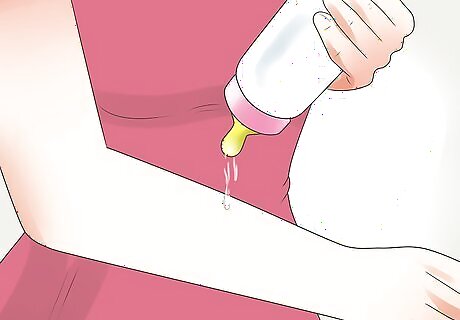
Definitely, but many caregivers do find it to be a convenient device. A bottle warmer is a pretty basic device—it warms up water that in turn warms up the contents of the bottle. You can achieve the same results by warming a pan of water on the stove or heating a bowl of water in the microwave—simply put the bottle into the heated water (after pulling it from the stove or microwave) until it reaches the desired temperature. While some people say it’s okay to warm up milk or formula directly in the microwave, most experts advise against this. Microwaves heat liquids unevenly and the “hot spots” may get hot enough to kill off beneficial nutrients. Play it safe and use your microwave only to heat up the warming water, not the milk or formula itself.
Is warming milk or formula really necessary?
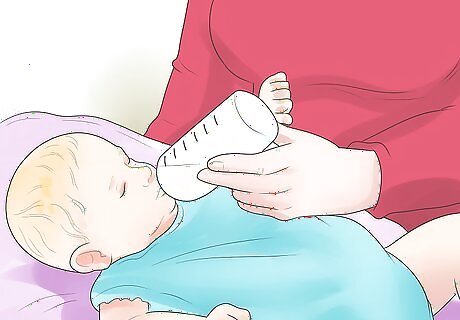
Most babies are fine with drinking cool or even cold milk. Breast milk and formula are both nutritionally the same whether served at body temperature, room temperature, or chilled. Your baby might balk at first if presented milk or formula at an unfamiliar temperature, but that nearly always passes quickly. Some experts even think that serving milk or formula a different temperatures helps prepare babies for eating and drinking in the ways kids and adults do. Premature babies might benefit from only drinking milk or formula that’s at body temperature. Talk to your baby’s doctor for specific advice. It’s often said that cool or cold milk or formula is more likely to cause tummy trouble in babies, but the evidence for this is much more anecdotal than scientific.




















Comments
0 comment